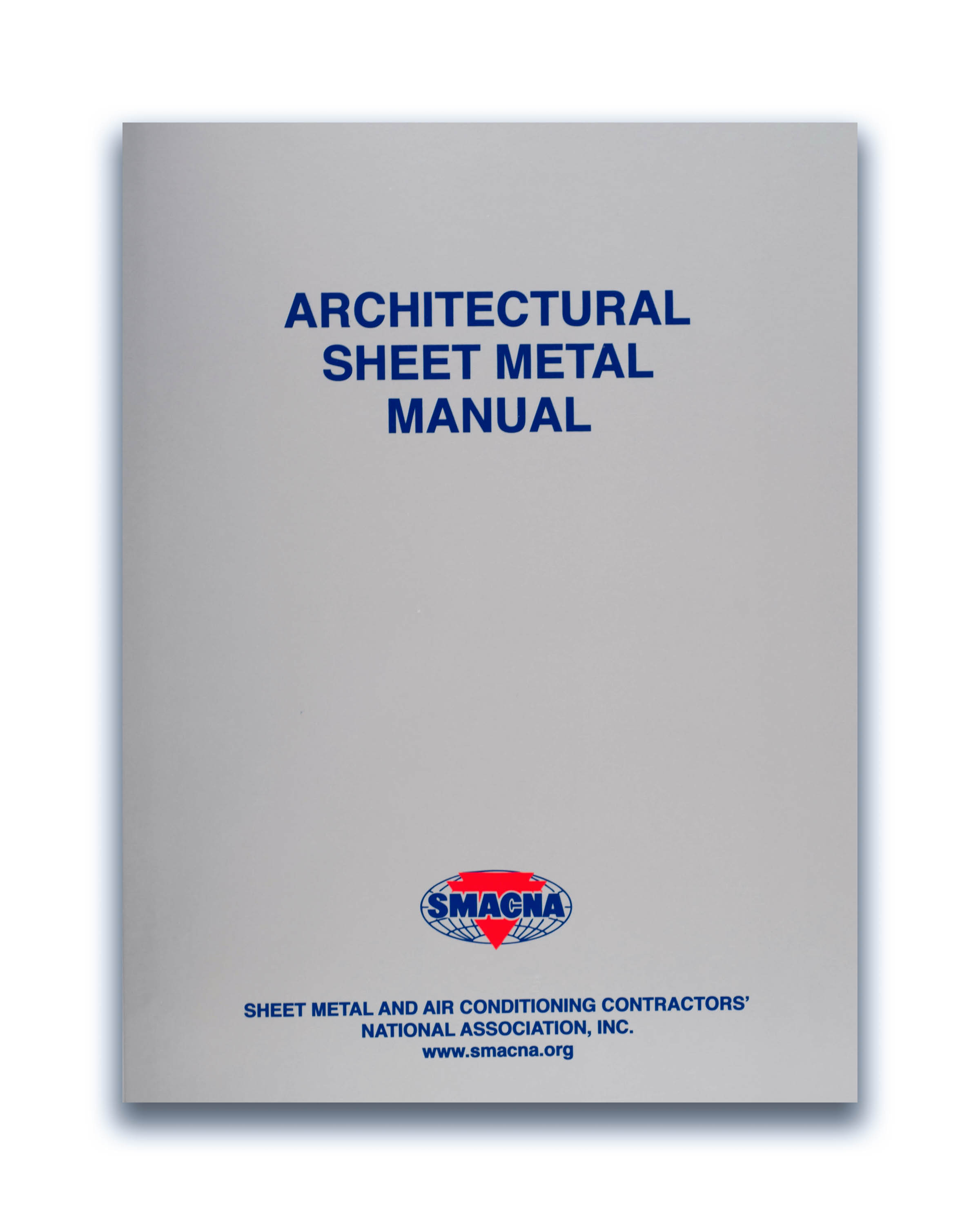Located just three blocks from the Atlantic Ocean in Ponte Vedra Beach, Fla., a 7,500-square-foot home stands outfitted with a protective metal roof.
Approximately 12,000 square feet of Petersen Aluminum’s Snap-Clad panels were specified to meet the homeowner’s objectives. The 0.040-inch aluminum panels were finished in Pac-Clad energy-saving slate gray
The design for the home was created by Jaycox Architects & Associates in Jacksonville, Fla.
“The house has the presence of a single-story structure but the children’s bedrooms are in the attic, with multiple dormers providing daylight and creating the undulating flow of the roof,” said architect William R. Jaycox. “The owner was on board from the beginning regarding the metal roof. In northern Florida, metal is an ideal solution that has great architectural character and authenticity to it. You can put on a hurricane impact-rated aluminum roof that is basically impenetrable to the salt. So that’s a great product and a great resource to us architects.”
The Petersen Aluminum roof system is hurricane-rated and meets Florida building code requirements, officials say.
“I would consider it a lifetime roof,” Jaycox said. “You can hardly get that kind of durability from a roof system. We want our projects to be around 100 years from now, so we put great care into the selection and detailing of products.”
The Snap-Clad panels were installed by Thorne Metal Systems of Green Cove Spring, Fla. The company is a long-time Petersen Aluminum client and primarily does commercial projects. However, owner and company President Bill Thorne says the company also does projects on homes near the ocean.
“If we do residential, this is the style of house we do,” he said. “Anything within a mile of the ocean or a salt environment gets an aluminum roof. We insist on it.”
Given the complexity of the roof design, Thorne said he is particularly proud of his crew’s attention to detail.
“A lot of advance planning went into making sure that the lines from each ridge align with the other side, and line up at the transitions and hip lines,” Thorne said.
Assuring water tightness was a priority, due to the many angles and planes of the roof design.
“There are a lot of transitions or ‘dead valleys’ where significant amounts of water dump into small areas,” Thorne said. “We worked closely with the GC (general contractor) to make sure we had two to three layers of protection to keep the water out.”








